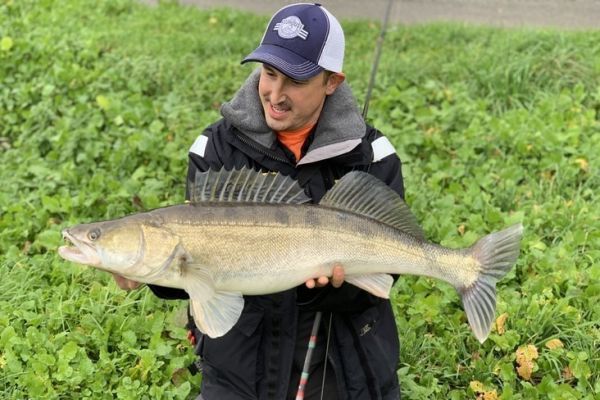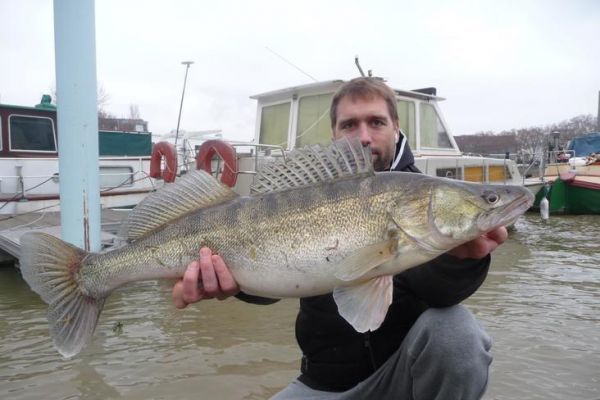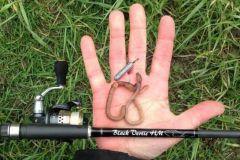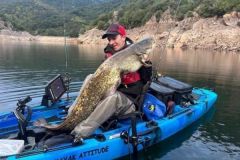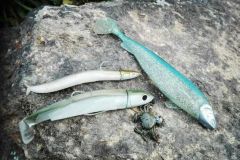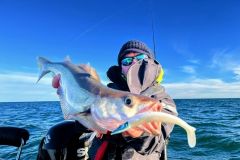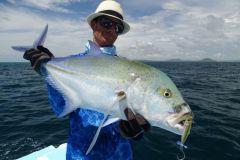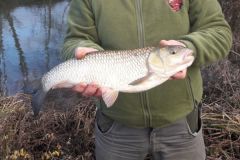In a previous topic, we talked about the importance of winter fishing for catching a big pike-perch from the shore. Slots may not be plentiful, so it's important to optimize your outings.
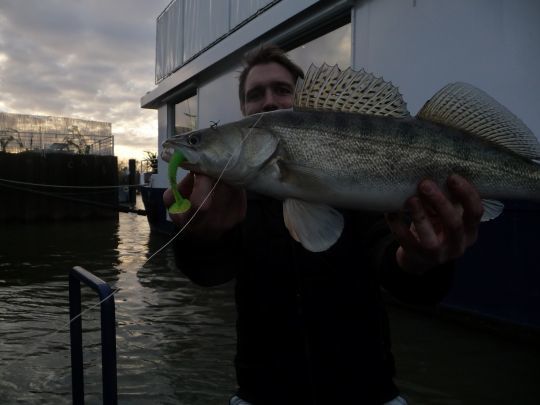
Waiting for the flood
When time is of the essence and you can't wait to get out into the cold, you need to choose the right moment to reach your goal, and bank on water strokes. So keep an eye on the weather and wait for heavy rain to hit the banks.
The start of the flood, when the water begins to rise and invade the banks, is often a productive time. Pike-perch know they're in for a tough time, and take advantage of this moment to feed and stock up
At the height of the freshet, the water is particularly turbid and activity is slow, but this is really the time when you can crack a huge fish under your rod!
Finally, when the rains stop and the water clears, activity picks up again.
Obvious positions
There are a large number of obvious spots whose common criterion is that they are sheltered from the current. As a result, you'll be able to prospect areas that are sometimes vast and clearly identifiable on your walks or even on Google earth. But these obvious spots will be fished and fished again and again...
Downstream of islands, locks, harbours, docks and oxbows are all good spots to explore. But the inside of a bend, a major obstacle in open water or a cut in the bank creating an eddy or counter-current will be just as productive.
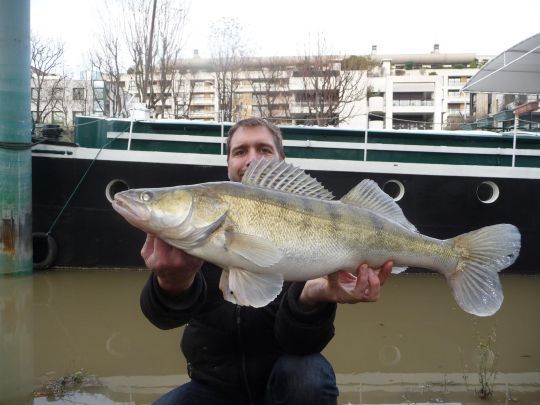
Search for edge anomalies
However, you often have to get off the beaten track to catch the fish that other anglers aren't catching. So I recommend that you scout the banks for the slightest anomaly that might create even the slightest calm.
One square meter is enough to shelter a few small pike-perch or a very large specimen, and you can be sure that they have been little used by the majority of your fellow anglers. All you need is a submerged tree, a 50 cm-wide bank break, a rock, a boat slip, etc., and you're ready to go. Even in less than a metre of water and under the tip of your rod, you'll be able to make some fine catches.
Understanding your spots
With experience, you'll become more efficient, provided you analyze and remember certain parameters. Flood spots function according to two parameters: water height and turbidity. That's why it's so important to get your bearings and identify a "circuit" that you can use again and again in future years.
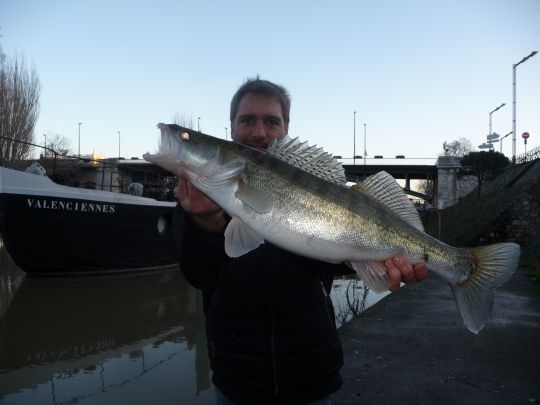
Fish slowly and insist
During floods, periods of activity are sometimes short in a day. The best strategy is to spend a long time on the various spots and not hesitate to return to the same spot several times.
In addition, given the turbidity and temperature of the water, it's best to fish slowly, meticulously and to take breaks in your animations.

Vary your animations and lures
In keeping with this slow, insistent fishing guideline, don't hesitate to vary the animations, which can be scratchy, linear or even in small pulls with a lure that's a little more leaded and sonorous than the previous animations.
Similarly, if the trend is for flashy colors such as yellow, orange and pink, don't hesitate to alternate with natural colors, especially as the water clears. Vary lure shapes too, from shad to finess to grubs, and don't hesitate to use a little attractant and possibly a rattle.

 /
/ 

